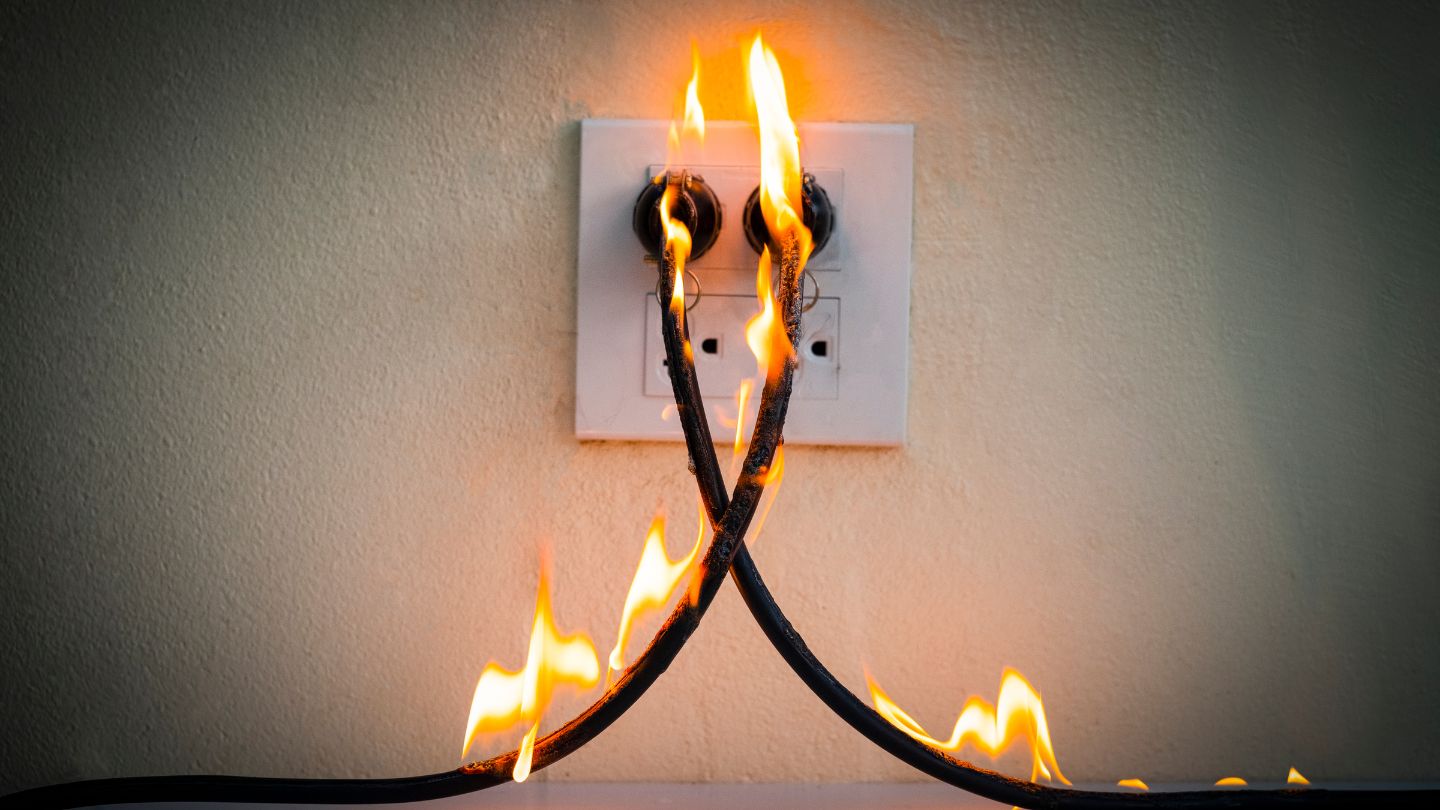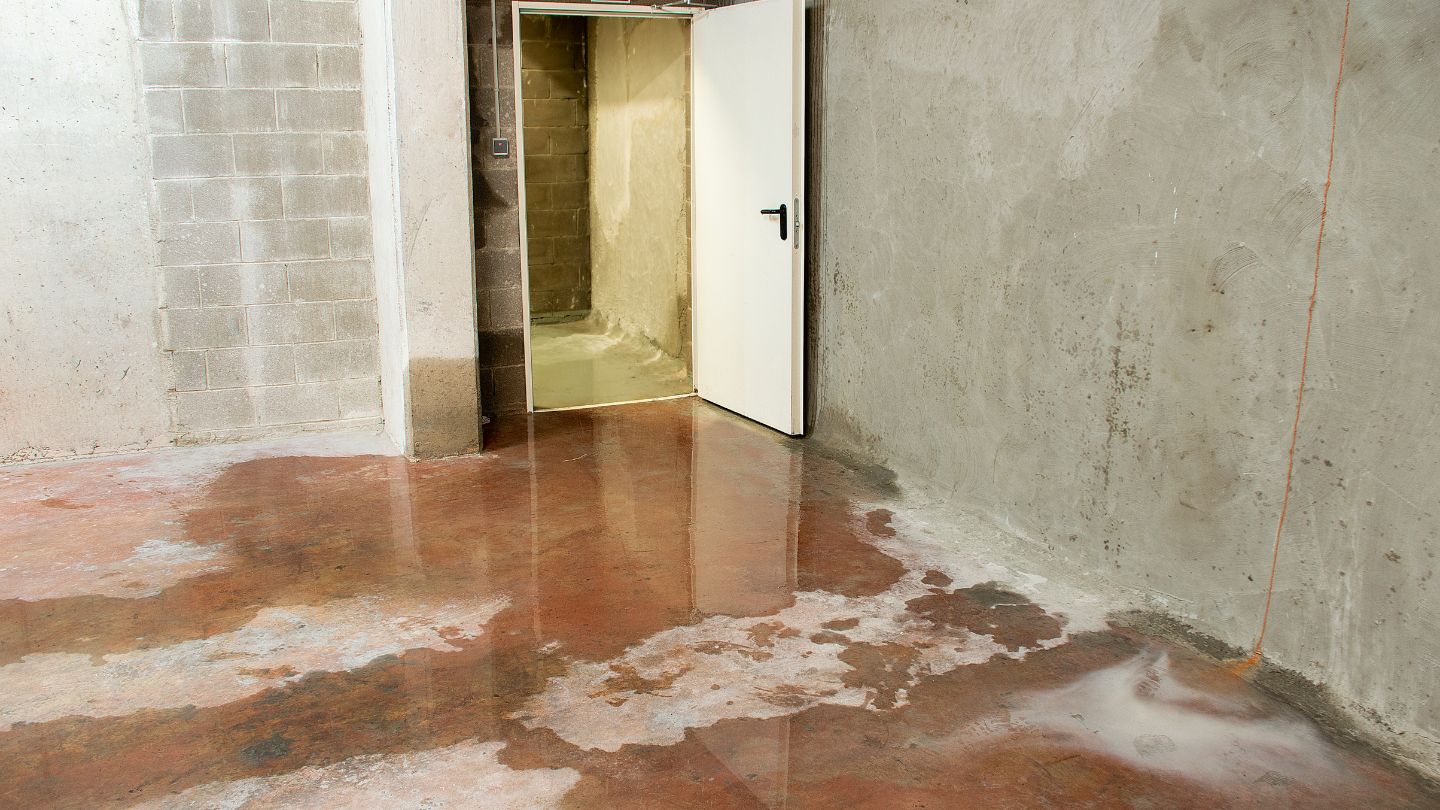Postponing the restoration process after flood damage can have serious consequences for your property, including rising repair costs, compromised structural integrity, and proliferation of mold, which leads to reduced air quality. There are increased risks associated with electrical hazards and potential complications with insurance claims. This blog highlights these detrimental effects and emphasizes the dangers of delayed restoration efforts.
Key Takeaways
- Delaying flood damage restoration can significantly escalate repair costs and lead to severe structural issues.
- Prompt intervention prevents mold growth and protects indoor air quality, safeguarding your health and safety.
- Engaging professional restoration services can streamline the claims process, reduce financial burdens, and preserve your property’s value.
Escalating Repair Costs Due to Delayed Action
Imagine a small, persistent leak gradually introducing water into your abode. At the outset, this seemingly trivial drip may not raise alarms. Left unattended, it has the potential to balloon into an exorbitant ordeal that could demand repair expenditures soaring into the thousands. If water damage restoration is postponed, what initially might have necessitated simple fixes will instead result in elaborate and costly structural repairs, alongside expensive repairs.
Attending to damage swiftly proves more cost-effective than procrastinating for several reasons, including the serious health risks involved.
- Damage compounds over time, leading to steeper repair bills.
- The longer standing water remains present, the greater and pricier remediation efforts become.
- Early intervention in addressing water issues curtails both the costs of repairs as well as mitigates associated risks.
Deferring action can precipitate elevated insurance expenses and obstacles: numerous homeowners endure heftier premiums or even face refusal of coverage due to deferred maintenance on their property. Immediate response limits destruction while preserving residential value and easing economic strains. Highlighting these perils underscores why delayed resolution demands intensive remedy actions with financially draining consequences attached.
Compromised Structural Integrity
Infiltration of water can impact unseen parts of a property. If not quickly addressed, the continuous presence of moisture may compromise the stability of your building, potentially leading to the collapse of walls, ceilings, and floors. Even something as seemingly minor as a burst pipe could culminate in hidden dangers and severe damage should it go unchecked.
The fundamental elements that underpin your home’s structure, such as beams and foundations, are at high risk during prolonged exposure to water. Prolonged wetness can cause beams to rot, ceilings to droop, and significant foundation problems to arise. When these instances of structural decay are overlooked or inadequately treated, they lead to expensive fixes that otherwise might have been preventable with swift action.
Overlooking flood-related harm risks entrenched issues within the impacted regions, which substantially diminishes your property’s value. The dire outcomes related to neglecting structural disintegration emphasize why early mitigation efforts can save on costly remediation efforts. Quick responses help prevent complications before they grow into larger infrastructural crises while also sparing you heavier reconstruction expenses.
Rapid response is crucial for sustaining structural integrity and thereby retaining both value and safety in your residence. Immediate care for affected surfaces helps stop progression toward destruction, along with exorbitant repair costs later on down the line. Behind delayed restoration processes is mold proliferation along with its potential health hazards.
Mold Growth and Health Risks

Mold begins to form in as little as 24 to 48 hours after water comes into contact with surfaces, thriving particularly well in moist and humid conditions. Floods provide the perfect environment for mold spores and mildew to flourish, which can proliferate quickly. Mold’s hidden perils go beyond just property damage. They affect personal health too.
Exposure to mold can lead to serious health issues such as respiratory difficulties, skin rashes, and allergic reactions that may present substantial health risks. Individuals like small children, seniors, and those suffering from existing respiratory illnesses are especially at risk. Chronic respiratory diseases and intense allergic reactions may develop due to continuous exposure.
It is critical for one’s safety that actions be taken promptly following incidents of water damage in order to minimize potential health hazards associated with mold. Implementing measures for mold remediation and removal is vital in halting the growth of molds while ensuring the air quality within a living space remains conducive for good health, thus promoting overall well-being.
Deteriorating Indoor Air Quality
Postponing water damage restoration can significantly degrade the quality of air indoors. The proliferation of mold due to excessive moisture compromises the air you inhale, posing long-term health dangers. Mold infestations are a key factor in reducing indoor air quality and can also create a serious fire hazard, adversely affecting occupants’ well-being.
Degraded indoor air quality resulting from tainted water damage may induce respiratory issues, headaches, and lethargy. Being subjected to noxious substances over an extended period can precipitate grave health problems. It is crucial to undertake swift water damage restoration. Professional services dedicated to restoration work diligently to preserve the purity of the air throughout their process.
Specialists in damage restoration employ high-powered dehumidifiers and advanced purifying equipment like air scrubbers that effectively banish residual dampness as well as airborne pollutants, certifying habitable conditions while forestalling additional medical concerns, particularly prevalent in moist settings where persistent humidity poses ongoing challenges.
Finally, we will examine how lingering moisture from water incidents has the potential not only for associated health hazards but also for instigating electrical threats, which could escalate into serious fire risks.
Electrical Hazards and Fire Risks

Exposure to floodwaters can cause considerable harm to electrical appliances, resulting in substantial hazards and increasing the risk of fires. The presence of water may induce corrosion within electrical infrastructures, thereby impairing their functionality and safety. Short circuits or operational failures might occur if water permeates the home’s electrical framework, which can create electrical hazards and raise the danger of igniting a fire. This highlights the importance of understanding how to choose the right fire damage restoration company in Atlanta to address such risks efficiently and ensure the safety of your property.
This is for maintaining electrical security after experiencing flood damage.
- Cut off power before setting foot into areas impacted by floods as a precaution against electrocution.
- Accept that certain electric components cannot be refurbished post-flood and must instead be substituted.
- Employ professional restoration services for a comprehensive evaluation and assurance regarding your house’s electric circuitry post-flooding.
Teams specializing in restoration work diligently manage inspections and repairs on damaged electricity systems with an emphasis on adherence to safety standards. Moving forward, we will examine how postponing action on restoring flood-induced damages could potentially lead to escalated insurance costs, adding financial strain.
Increased Financial Burden from Insurance Issues
If homeowners fail to act quickly on flood damage restoration, they may encounter severe financial challenges associated with their insurance coverage. They are at risk of:
- Having their insurance claims denied if water damage is not dealt with promptly
- Complicating the claims process, which could lead to rejections
- Facing higher premiums or refusals for future coverage
Taking immediate steps can facilitate a smoother insurance claim experience and accelerate compensation. Homeowners should:
- Immediately inform their insurer to expedite the claim.
- Engage with a reliable damage restoration service that can help streamline proceedings.
- Employ professional restorers who can aid in thoroughly documenting damages for accurate insurance submissions.
Should sellers reveal past instances of water damage, they might struggle with obtaining new insurance policies or be subjected to elevated premiums. The economic consequences stemming from the procrastination in restoring damages emphasize why it’s crucial to address such issues swiftly to prevent further damage and avoid financially taxing outcomes. Following this discussion, we will delve into how these delays potentially affect long-term property values.
Long-Term Impact on Property Value
Neglecting to resolve water damage can significantly reduce the value of a property, rendering it less appealing to prospective buyers. Properties with previous water damage incidents often sell at prices roughly 3% lower than similar homes free from such issues. This drop in value has considerable financial consequences for both residential and commercial property owners.
By procuring professional restoration services promptly, future complications like structural weaknesses or mold growth can be averted, thereby safeguarding the asset’s market value. A professionally carried out repair not only prevents additional problems but also highlights why it’s crucial to address water damage promptly, and may boost the enduring appeal and monetary value of your property when it comes time to sell.
Promptly and effectively dealing with water damage is an intelligent investment for ensuring your property’s future prosperity. The subsequent discussion will delve into how professional restoration services play a critical role in addressing and reducing the impacts of water damage on properties.
The Role of Professional Restoration Services
Enlisting the aid of professional restoration services offers reassurance during times of distress, as one can trust that proficient individuals are overseeing the damage restoration. Utilizing cutting-edge tools such as potent pumps and devices to detect moisture, these experts carry out water extraction efficiently. Their skillset, combined with specialized machinery, guarantees an all-encompassing repair approach ranging from minor repairs to extensive rebuilds.
When dealing with postponed water damage restoration, it is vital to call on a professional restoration team. Their crucial responsibilities involve:
- Conducting comprehensive inspections and ensuring the electrical system’s safety post-flood
- Tackling immediate damages
- Averting potential problems
These actions help protect both your property and financial well-being. For successful water damage repair processes, tapping into the expertise offered by a seasoned professional team is imperative.
The importance of employing expert restoration services in managing water-related damages is significant. Seeking their assistance aids in curtailing destruction, trimming down costs related to repairs, while also promoting a secure and salubrious habitat for inhabitants. To summarize this discussion regarding efficacious restorative endeavors, engaging professionals yields substantial benefits across various facets.
Why Timely Action Matters
Addressing flood damage without delay is crucial to protecting your property and maintaining a safe, healthy living environment. When action is postponed, water can seep into walls, floors, and structural components, leading to extensive damage, mold growth, and costly repairs. By responding quickly, you not only prevent these long-term issues but also avoid severe consequences, ensuring the safety of your family and the integrity of your home. Timely restoration is not just an option; it’s a necessity.
At 911 Floods R Us, we are dedicated to providing efficient and effective flood damage restoration in Fayetteville. Our specialized services are designed to bring your property back to its best condition swiftly while ensuring comprehensive care. Plus, with our restoration services, you’ll receive your first two mold tests absolutely free, enabling you to take proactive steps toward a healthier home. Don’t wait for the damage to worsen; let us help you restore and protect your property today.
Frequently Asked Questions
What is the recommended action during mold remediation?
During mold remediation, it’s essential to leave the property for your safety. Trust the professionals to handle the situation effectively while you stay away until it’s safe to return.
How long does water damage restoration typically take?
Water damage restoration usually takes a few days to a week, depending on how severe the damage is. With the right approach, you’ll be back on track in no time!
What are some precautions to take after flood damage restoration?
It’s vital to monitor humidity levels and maintain proper ventilation after flood damage restoration, as this helps prevent mold growth and ensures a safe environment. Stay proactive and avoid damp areas for your health and safety!
What should I do immediately after discovering water damage?
The first step is to stop the source of water if possible and ensure your safety by turning off electricity to affected areas. Then, contact a professional restoration service to assess and address the damage promptly.

